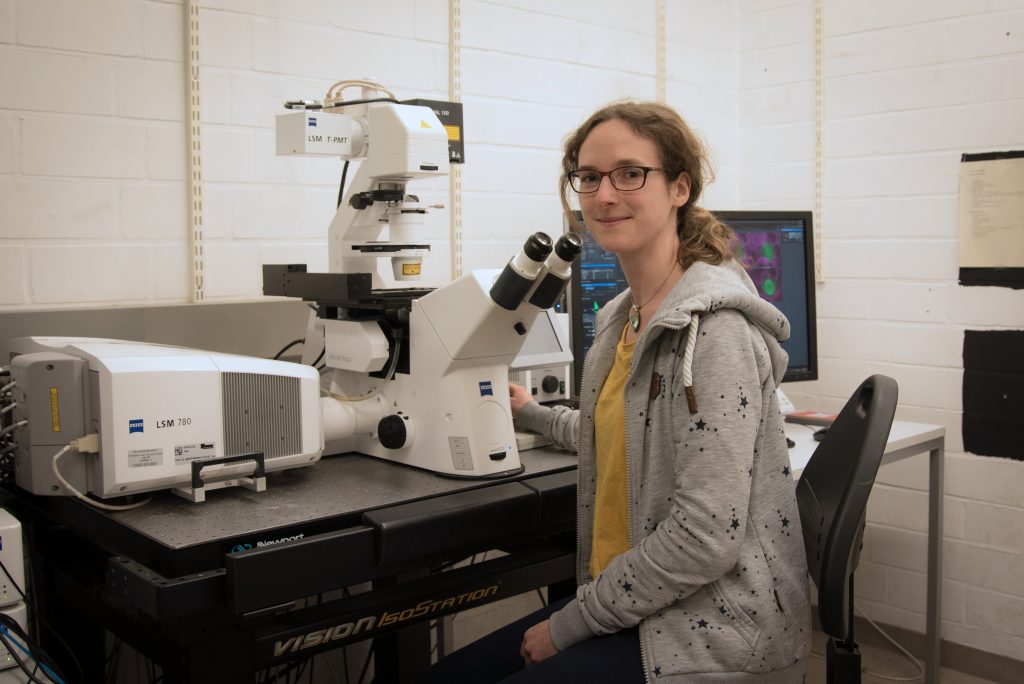Eva Laura von der Heyde: The Plant Cell First Author

 Eva Laura von der Heyde, first author of “Molecular and cellular dynamics of early embryonic cell divisions in Volvox carteri“
Eva Laura von der Heyde, first author of “Molecular and cellular dynamics of early embryonic cell divisions in Volvox carteri“
Current Position: Doctoral student in the department of Cellular and Developmental Biology of Plants at Bielefeld University, Germany
Education: B.Sc. in Biology (Bielefeld University), M.Sc. in Molecular Cell Biology (Bielefeld University), and I just defended my dissertation (Bielefeld University)
Non-scientific Interests: Photography, gardening, food, hiking, movies
Brief bio: Since my earliest childhood I am fascinated by nature and driven by the need to understand how natural processes are interconnected with each other. Studying general biology provided me with a broad overview about the organisms and mechanisms that evolved over millions of years. In order to deepen this widespread understanding, I focused on genetics, cell biology and physiology, and wrote my bachelor thesis in the Lab of Prof. Dorothee Staiger about the effect of RNA-binding proteins on floral induction in Arabidopsis thaliana.
My master’s studies in molecular cell biology covered both plant and animal-based topics, comprising genetics, biochemistry, molecular mechanisms, physiology and cellular biology. For my master’s thesis, I joined the department of Cellular and Developmental Biology of Plants lead by Prof. Armin Hallmann. I established molecular tools for the green microalga Volvox carteri and analyzed species-specific gene families that may be involved in the evolution of multicellularity.
Since then I have been working with Volvox, using it as a model organism for cellular and developmental processes, as well as for investigating the evolution of multicellularity and cellular differentiation. My dissertation led me from characterizing unique photoreceptor proteins to the dynamics of cell division. In particular, visualizing the orchestrated flow of subcellular structures turned out to be key for understanding the mechanisms of embryonic cell division in this microalga. Representing simple multicellular eukaryotes from the chlorophyte lineage, Volvox exhibits both plant and animal features, providing a link between the different forms of mitosis that emerged during evolution of these distantly related organisms.



